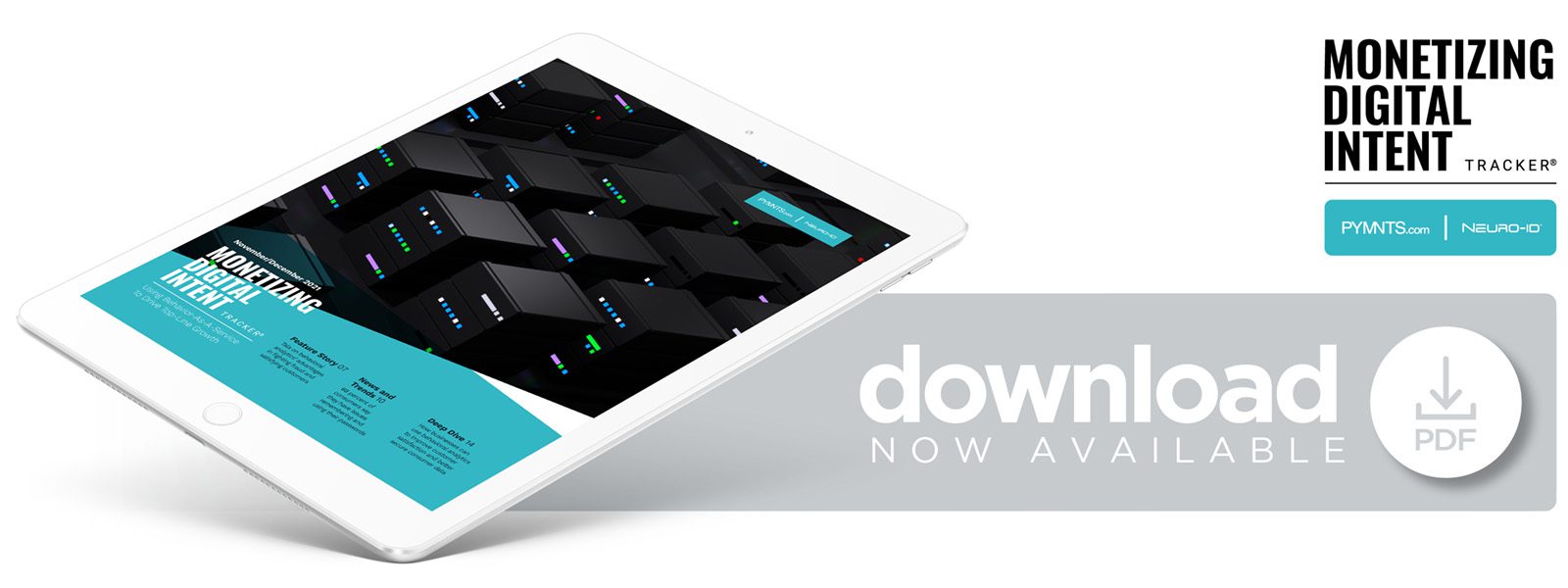Tala on Behavioral Analytics’ Advantages in Fighting Fraud and Satisfying Customers

Password-based authentication continues to weaken online fraud defense strategies, and FinTechs are vulnerable. In the Monetizing Digital Intent Tracker, Kunal Kaul, chief risk and strategy officer at digital financial services company Tala, explains how behavioral analytics beats passwords when it comes to onboarding and authenticating customers.
Digital innovation was a saving grace for many businesses that were forced to close their doors amid government-issued health and safety mandates during the pandemic. It enabled companies to continue selling goods and services on online platforms while accepting alternative payment methods, such as virtual cards, and global eCommerce retail sales now are expected to increase 22% by 2023.
Some major risks are associated with the rapidly growing number of consumers navigating digital channels, however, with the most prominent being a steady rise in fraudulent activity. Kunal Kaul, chief risk and strategy officer at digital financial services company Tala, said combating this increase requires combining deep customer understanding with innovative technology, data science and analytics to deliver speedy and secure experiences and products to clients.
“Tala uses a variety of means to ensure customers are who they say they are,” he said. “We use third-party data sources where available. We also use customer behavior data. We create proprietary features from customer-provided data that go into our models. We also use customer-provided identity proof and proprietary intelligence that tells us what’s more likely to be authentic [versus what is] not.”
Knowledge-based authentication (KBA) methods and passwords are the most commonly used security features across websites and mobile apps, but they cannot confirm the legitimacy of a consumer’s identity. These onboarding measures also are often filled with friction and frustrating for users, with 61% of consumers who access their accounts on more than one digital device believing that passwords eventually will be phased out altogether. Newer, more innovative technology, such as behavioral analytics, can address verification concerns while operating quietly in the background, never impeding the customer experience.
Lower Fraud Rates Allow FIs to Offer Better Rates to Their Customers
It takes only one security breach to tarnish a company’s reputation and negatively affect its revenue, with the global economy losing approximately $5 trillion to fraud each year. Outfoxing increasingly sophisticated fraudsters is no easy task, and many businesses are turning to machine learning (ML) technology to detect anomalies and prevent cyberattacks more effectively. Some ML models can be counterproductive and incorrectly identify genuine clients as threats, increasing false positive rates and harming the customer experience.
“Behavioral analytics leads to incremental insights one may not have without it,” Kaul said. “The insights can also be orthogonal in nature. As a result, behavioral analytics helps incrementally reduce fraud.”
Cybercrime has spiked by an alarming 600% since the pandemic began, and related expenses are anticipated to reach $10.5 trillion by 2025. The financial impacts of data breaches extend far beyond the initial attacks, as expenditures for lost data and damage to organizations’ reputations can haunt companies for months or even years. These events often carry hefty price tags that organizations are either unaware of or unprepared to face, with only 14% of small businesses possessing adequate cyber defense systems. For FIs, this also may mean higher interest rates or lower credit lines for customers.
“Fraud, in general, increases cost of credit for all well-intentioned borrowers,” Kaul explained. “When fraud is lower, it increases the supply of credit and lowers cost [for] well-intentioned borrowers. This helps companies grow and provide customers with better terms, including larger loans and lower rates.”
Behavioral Analytics Helps Companies Gain New Clients
There are countless mobile apps and online platforms on the market today. Just 25% of users open any given mobile app more than once, a sobering reality for many business owners as it costs five to 25 times more to gain a new customer than it does to retain an existing one. The best way for companies to stand out from competitors is to offer a smooth and efficient onboarding, browsing and purchasing experience for new clients. Kaul said Tala relies on behavioral analytics as it aims to offer standout service amid a sea of financial services companies.
“Behavioral analytics has some major advantages,” he said. “It can work behind the scenes and hence not put an incremental burden on the customer, thus delivering a smoother onboarding experience. It can provide orthogonal insight because it uses data based on what a customer does versus being based on data that a customer [provides]. Together, these advantages help further fine-tune the identification of potential bad actors and allow Tala to customize its strategies.”
As the world goes increasingly digital, businesses are finding it challenging to simultaneously curb fraud while providing exceptional customer service that can help them attract new customers and keep existing ones happy. Behavioral analytics has emerged as a key technology in this regard, allowing businesses to keep onboarding smooth and security strong for today’s digital-first consumers.
